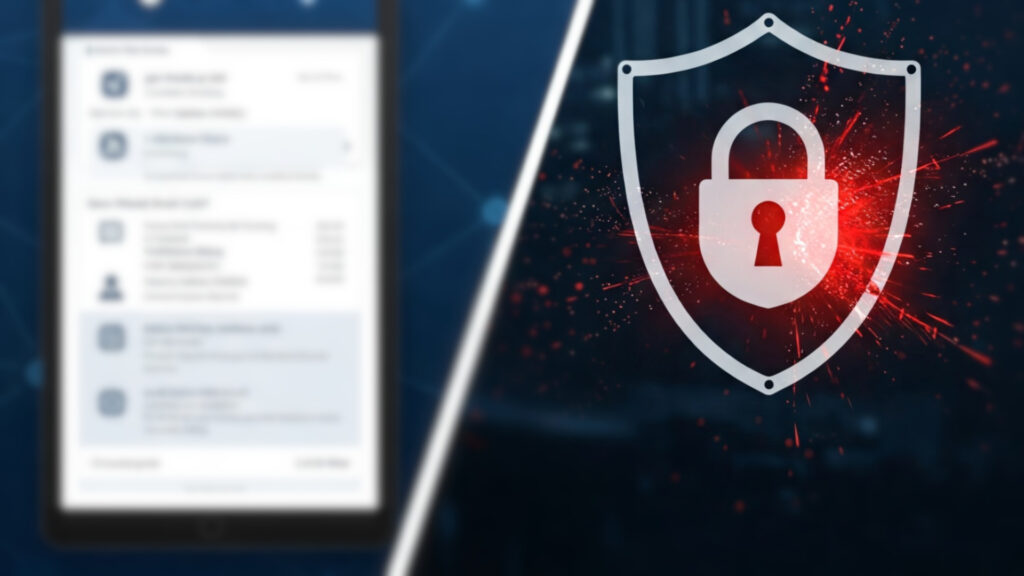JPMorgan Chase issued a critical warning about SaaS security vulnerabilities in an urgent letter to the industry. The global banking leader identifies third-party software models as significant cybersecurity threats to critical infrastructure worldwide. These concerns highlight how interconnected systems create dangerous trust boundary breakdowns between corporate networks and external services.
According to the world’s largest bank, JPMorgan Chase, SaaS security risks have reached alarming levels. In a public statement, Chief Information Security Officer Patrick Opet details how rapid SaaS adoption has dramatically outpaced necessary security protocols. This growing gap between implementation and protection creates widespread exposure across industries and organizations of all sizes.
Software supply chain vulnerabilities stem directly from vendors prioritizing feature development over secure architecture, warns JPMorgan Chase. The bank’s security team emphasizes that quick software releases often sacrifice crucial security considerations. This trend creates systemic weaknesses throughout interconnected business systems, allowing potential attackers to exploit previously trusted applications.
JPMorgan Chase Issues Urgent Warning on SaaS Security Vulnerabilities
AI security threats have emerged as a critical concern for JPMorgan Chase in their recent industry-wide alert. Chief Information Security Officer Patrick Opet highlights how seemingly helpful AI tools can become dangerous entry points. Even services with “read only” permissions can grant attackers access to sensitive data when compromised.
Cybersecurity vulnerabilities spread rapidly through today’s interconnected business ecosystems according to the banking giant. Thousands of organizations now depend on a small number of service providers for critical functions. This concentration creates potential for devastating ripple effects when any single provider experiences a breach.
Modern authentication protocols have created dangerous security gaps in corporate systems worldwide. These integration patterns break down essential security boundaries through OAuth and similar technologies. They establish direct, often unchecked connections between external services and internal resources that bypass traditional security measures.

Single-factor authentication between systems represents a major architectural regression in cybersecurity practices. This simplified approach merges identity verification and permission granting into overly basic interactions. Such practices directly contradict proven security principles that have protected organizations for decades.
Third-party breaches have directly impacted JPMorgan Chase multiple times in recent years. The financial institution has needed to take swift isolation actions to protect its systems. These incidents demonstrate the heightened risks of today’s highly connected third-party ecosystems.
Market competition drives software providers to prioritize features over security fundamentals. Companies rush products to market without comprehensive security built in by default. This creates numerous exploitation opportunities for attackers targeting vulnerable systems across entire customer networks.
Emerging cybersecurity threats now include sophisticated token theft and hidden fourth-party dependencies. Organizations lack sufficient transparency into privileged access granted to external systems. These blind spots create significant vulnerabilities that malicious actors actively target.
Security solutions must start with rejecting dangerous integration models, according to JPMorgan Chase’s CISO. Opet calls for decisive, collaborative, and immediate industry-wide action. His urgent message emphasizes that only a united response can address these systemic security vulnerabilities before catastrophic breaches occur.